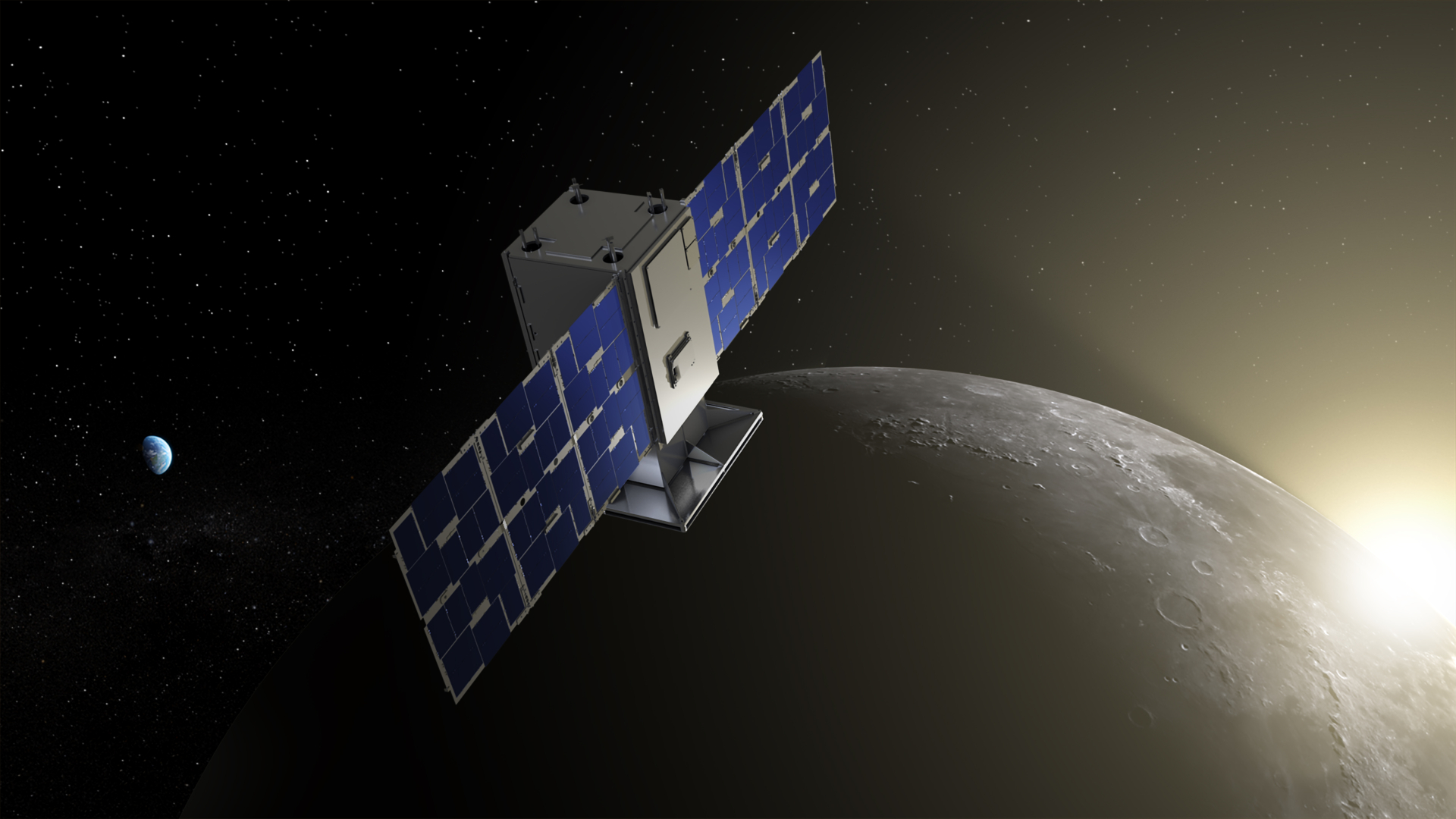
The launch of NASA's CAPSTONE moon mission has been delayed at least two additional days, to no earlier than Monday (June 27).
The microwave oven-sized CAPSTONE will head toward the moon atop a Rocket Lab Electron vehicle, which will lift off from the company's New Zealand launch site.
NASA and Rocket Lab had been eyeing Saturday (June 25) for the launch, but it has been pushed back to allow for additional checks on the Electron, NASA officials said in a brief update last night (June 22).
Related: Rocket Lab and its Electron booster (photos)
If all goes according to the current plan, CAPSTONE will launch Monday at 5:50 a.m. EDT (0950 GMT) and arrive at the moon on Nov. 13. That arrival date will remain the same no matter when CAPSTONE lifts off, NASA officials said; it's set by the mission's trajectory design. CAPSTONE's launch window extends through July 27.
The 55-pound (25 kilograms) CAPSTONE won't land on the moon. Its chief objective is to verify the stability of a near rectilinear halo orbit (NRHO) around the moon — a highly elliptical path that no spacecraft has ever occupied before.
NASA plans to put its Gateway space station — a key part of NASA's Artemis program of moon exploration — into a lunar NRHO, and CAPSTONE is tasked with testing it out.
Get the Space.com Newsletter
Breaking space news, the latest updates on rocket launches, skywatching events and more!
The cubesat will also perform some navigation and communications tests, some of them in tandem with NASA's Lunar Reconnaissance Orbiter, which has been circling Earth's nearest neighbor for more than a decade.
Mike Wall is the author of "Out There" (Grand Central Publishing, 2018; illustrated by Karl Tate), a book about the search for alien life. Follow him on Twitter @michaeldwall. Follow us on Twitter @Spacedotcom or on Facebook.
Join our Space Forums to keep talking space on the latest missions, night sky and more! And if you have a news tip, correction or comment, let us know at: community@space.com.

Michael Wall is a Senior Space Writer with Space.com and joined the team in 2010. He primarily covers exoplanets, spaceflight and military space, but has been known to dabble in the space art beat. His book about the search for alien life, "Out There," was published on Nov. 13, 2018. Before becoming a science writer, Michael worked as a herpetologist and wildlife biologist. He has a Ph.D. in evolutionary biology from the University of Sydney, Australia, a bachelor's degree from the University of Arizona, and a graduate certificate in science writing from the University of California, Santa Cruz. To find out what his latest project is, you can follow Michael on Twitter.









